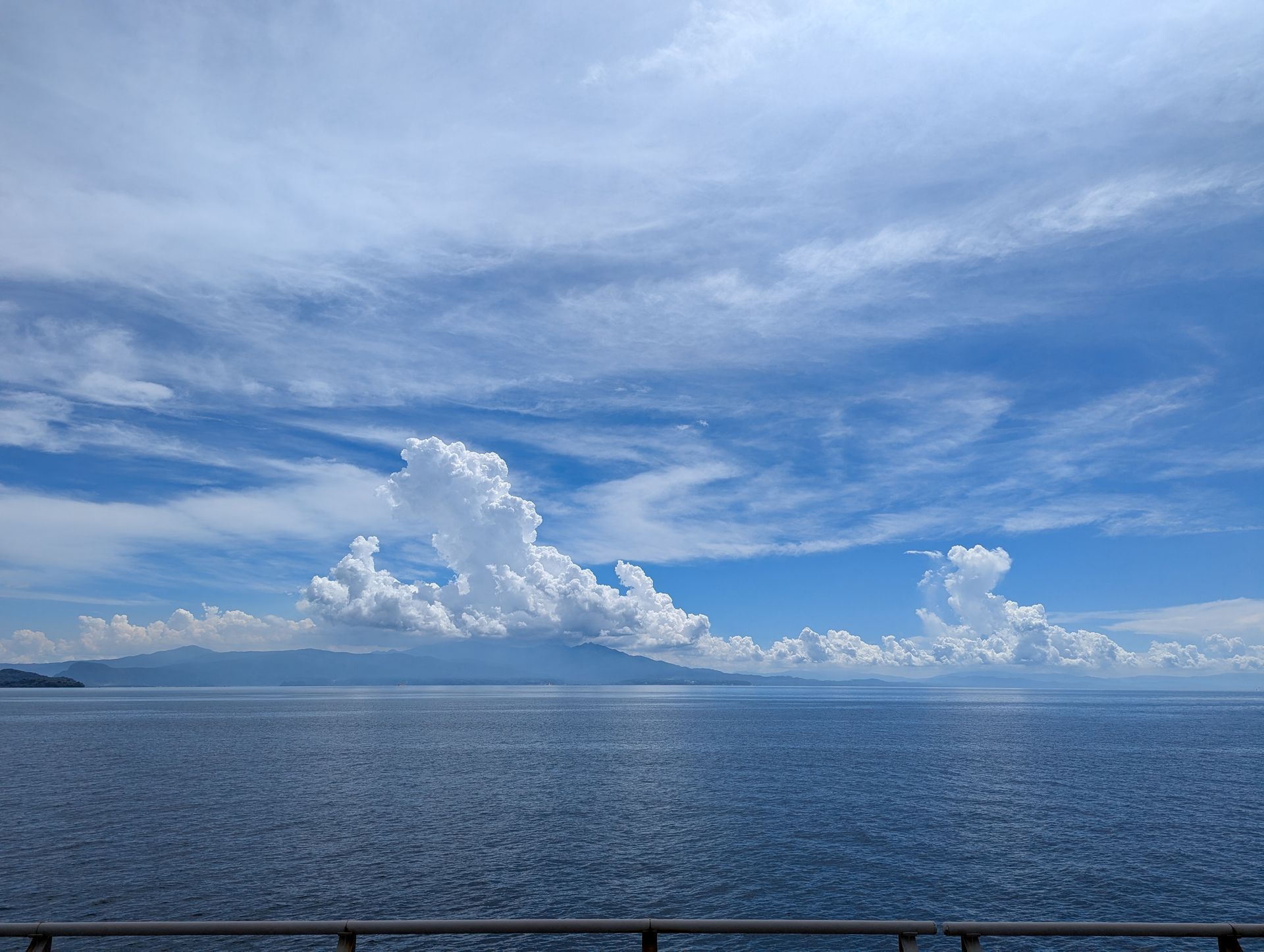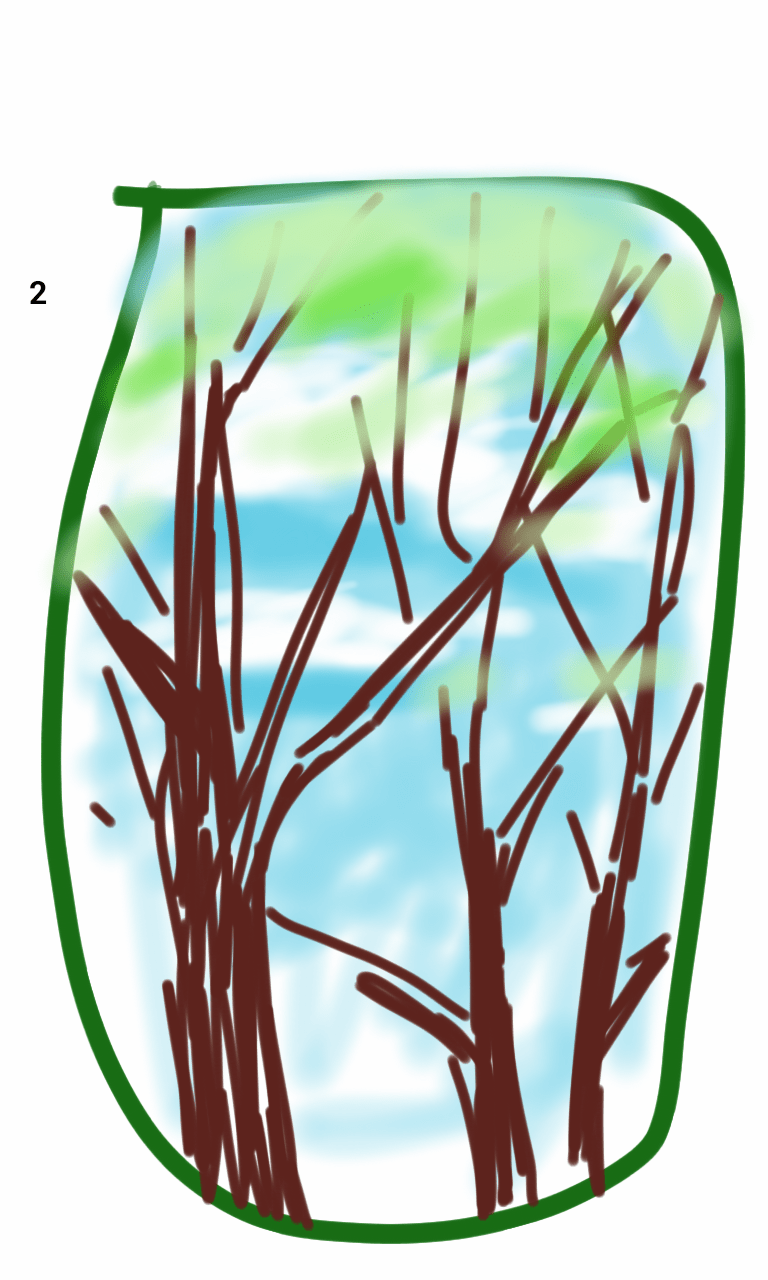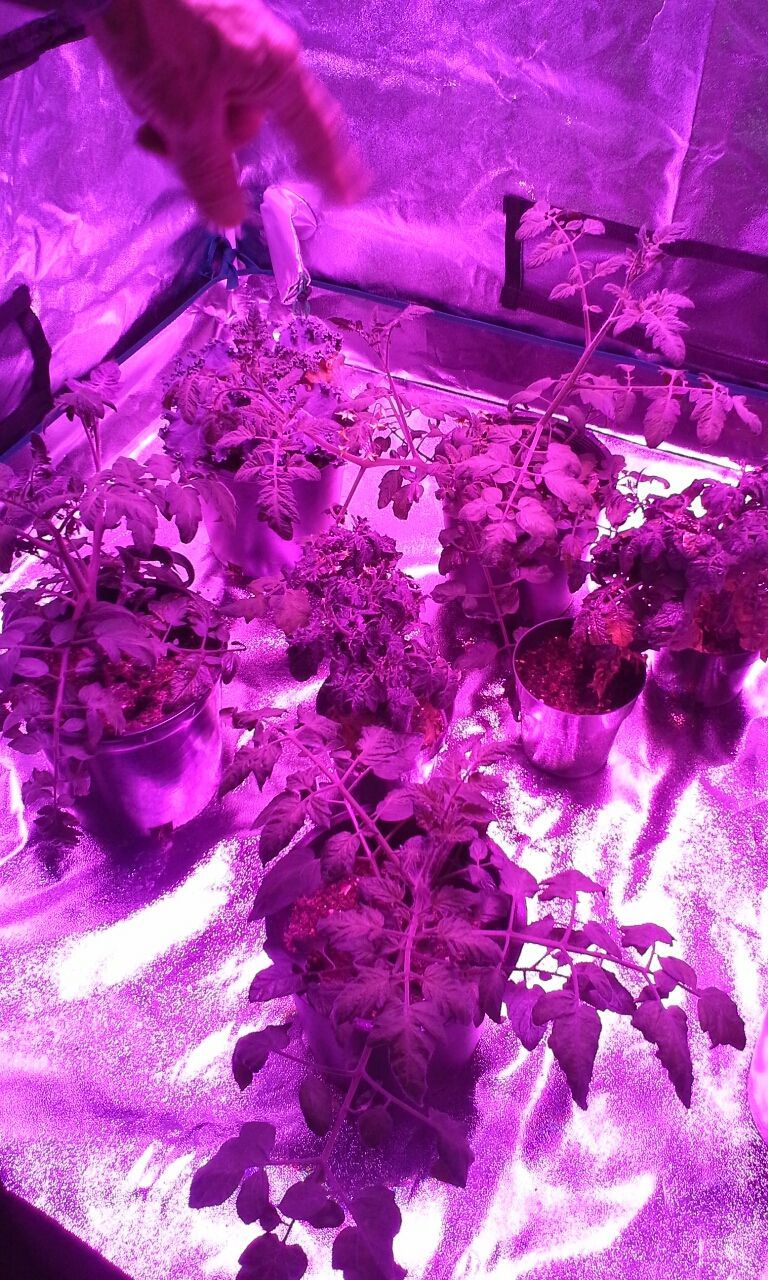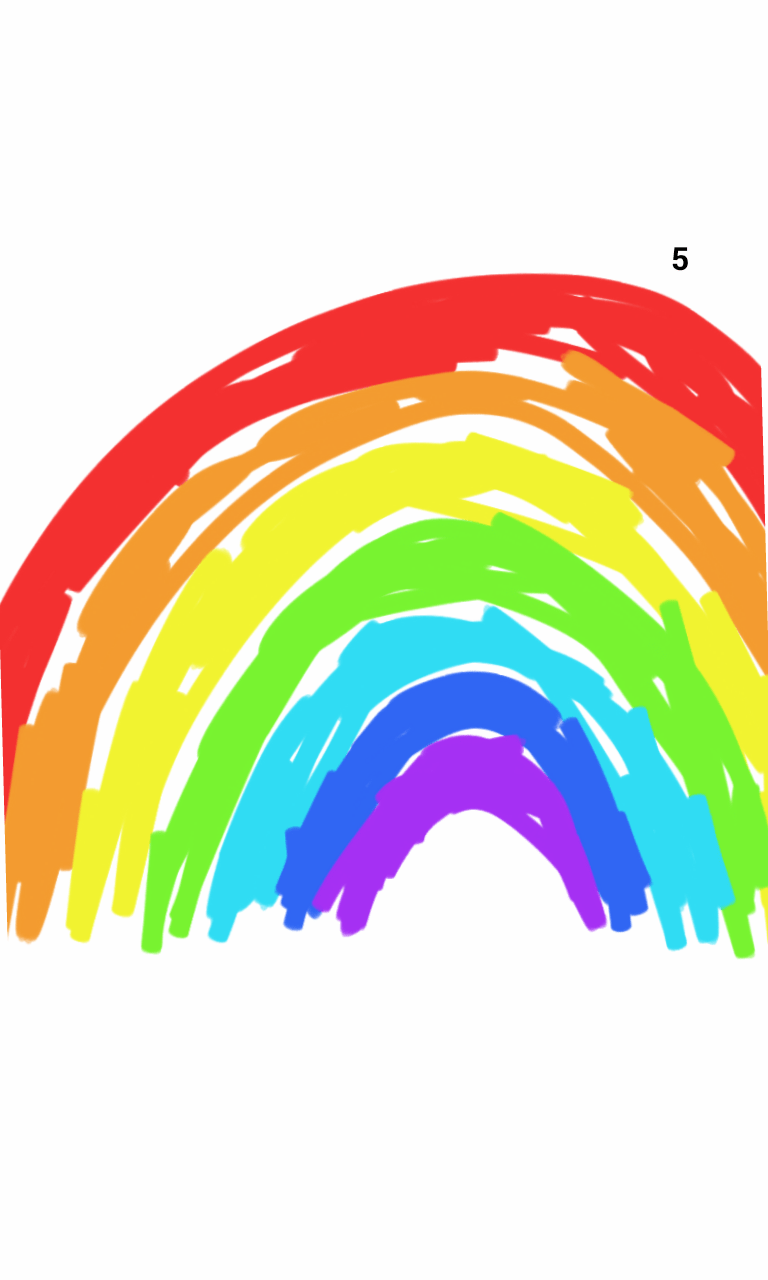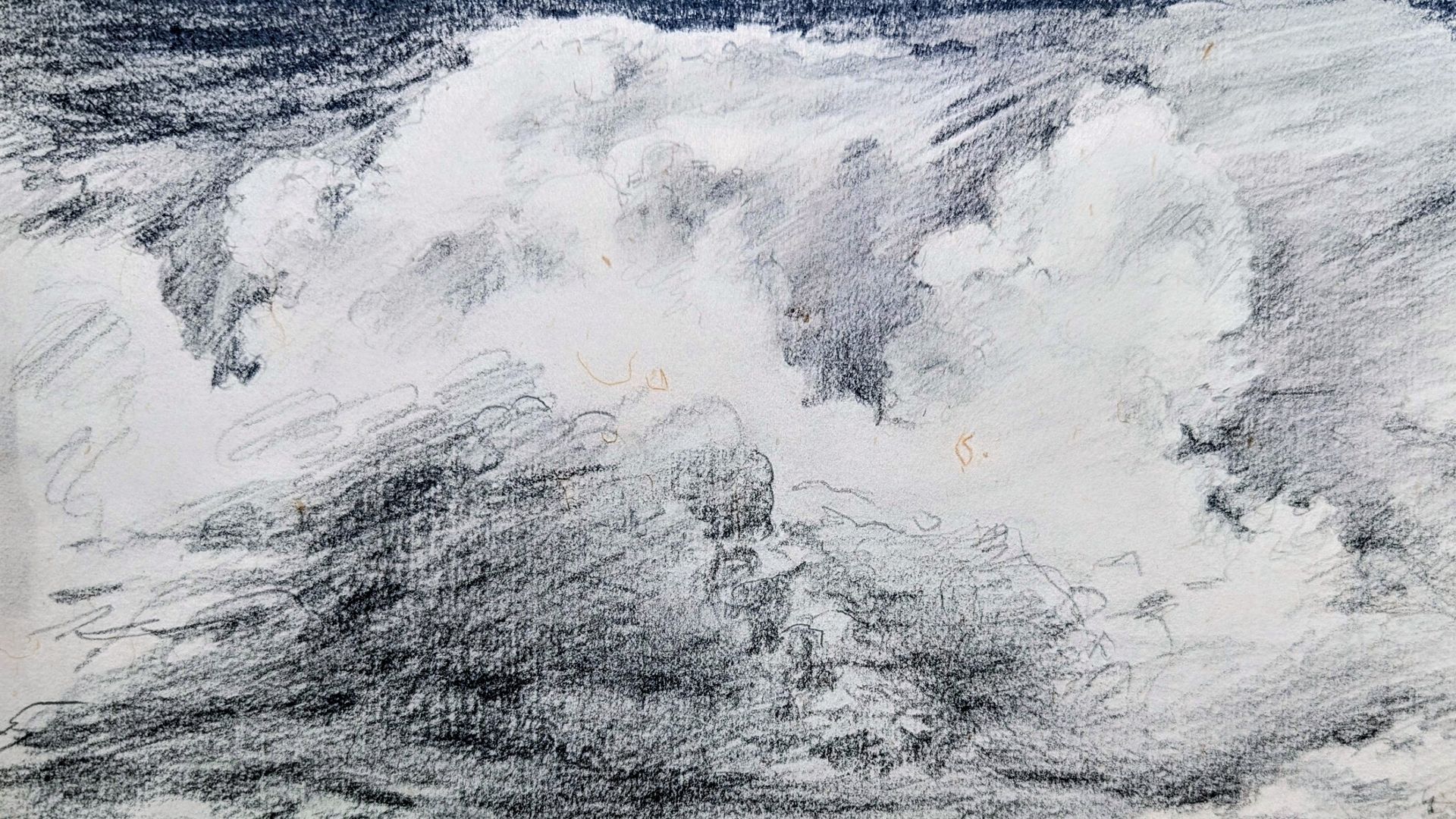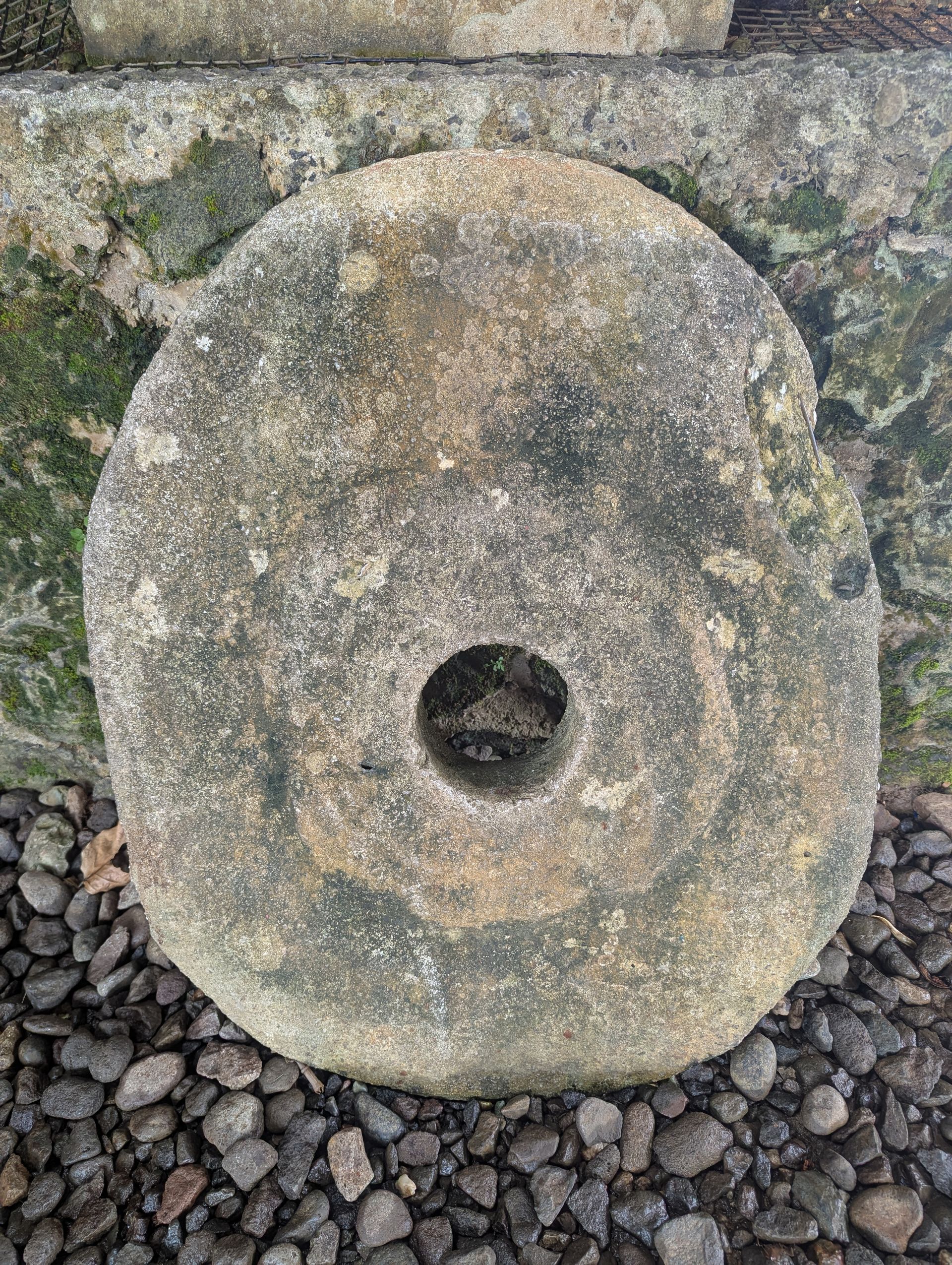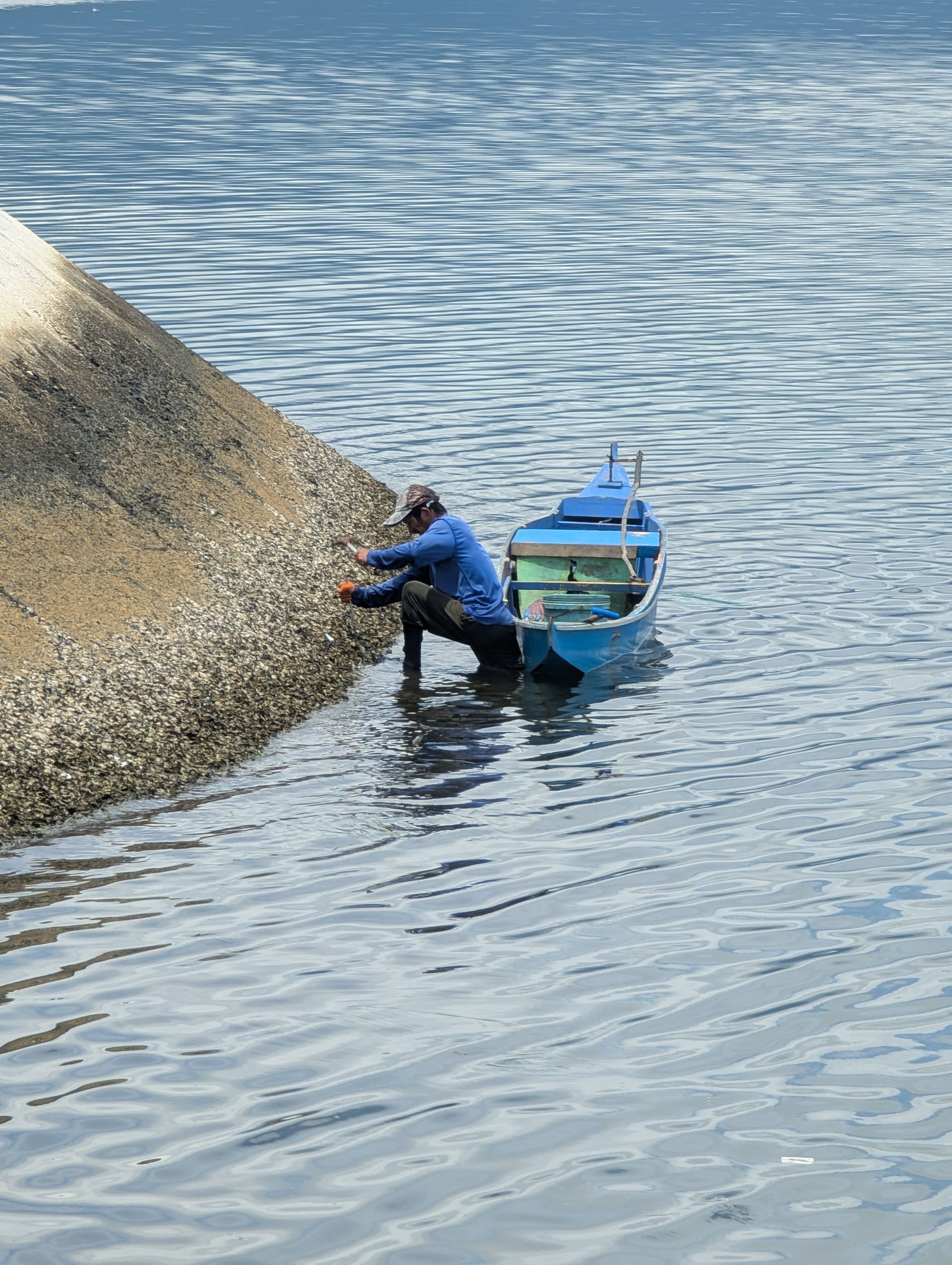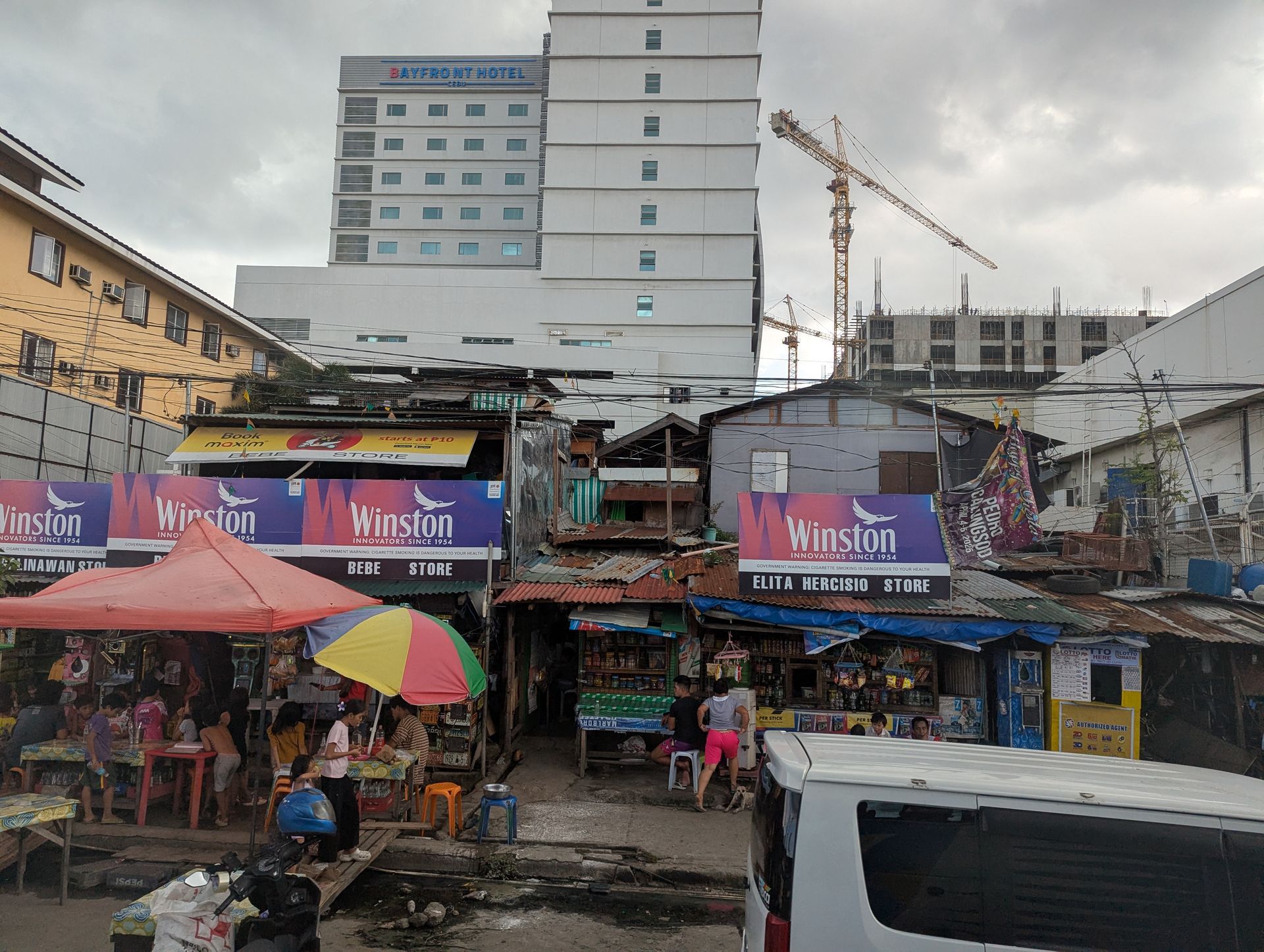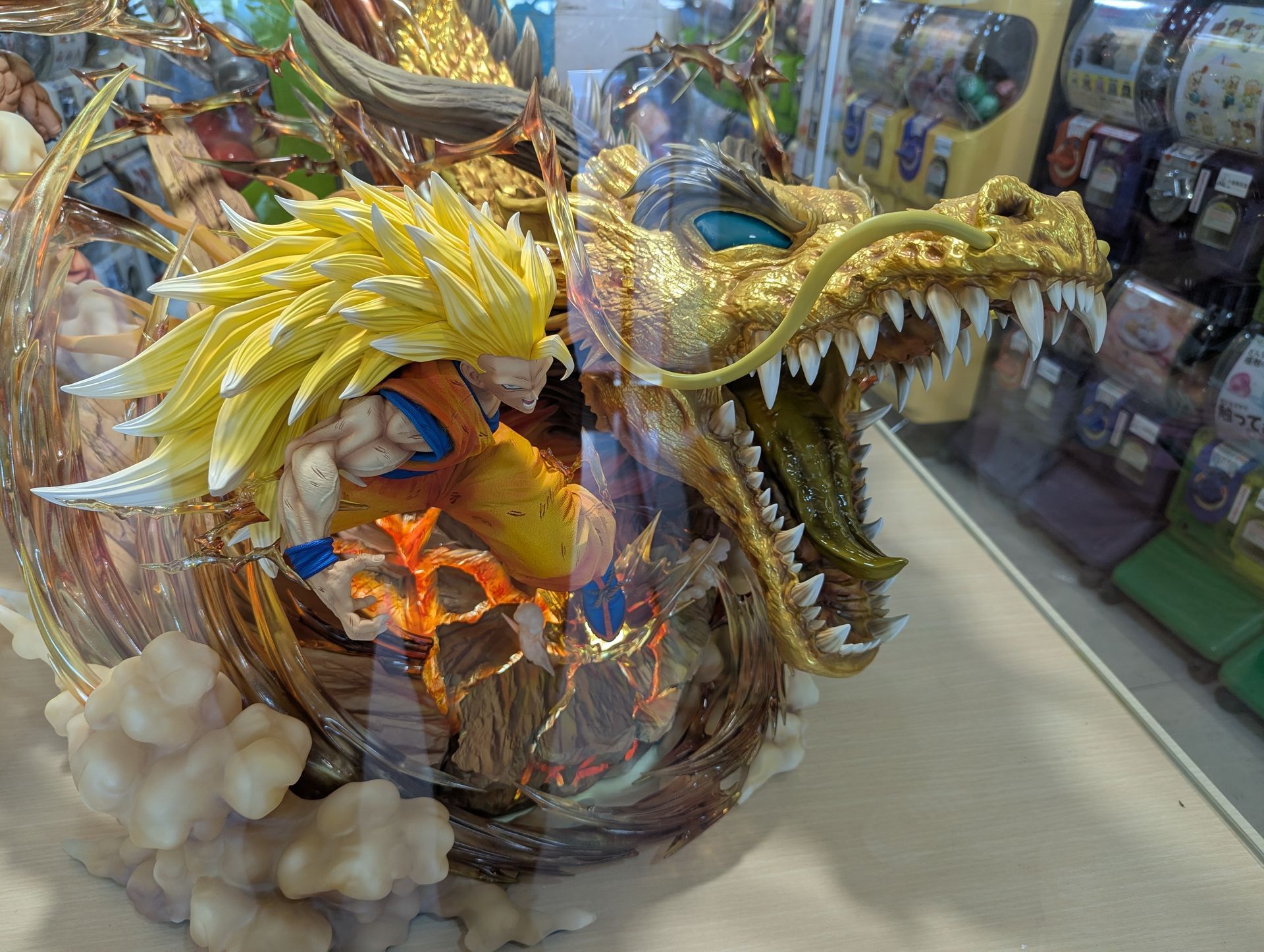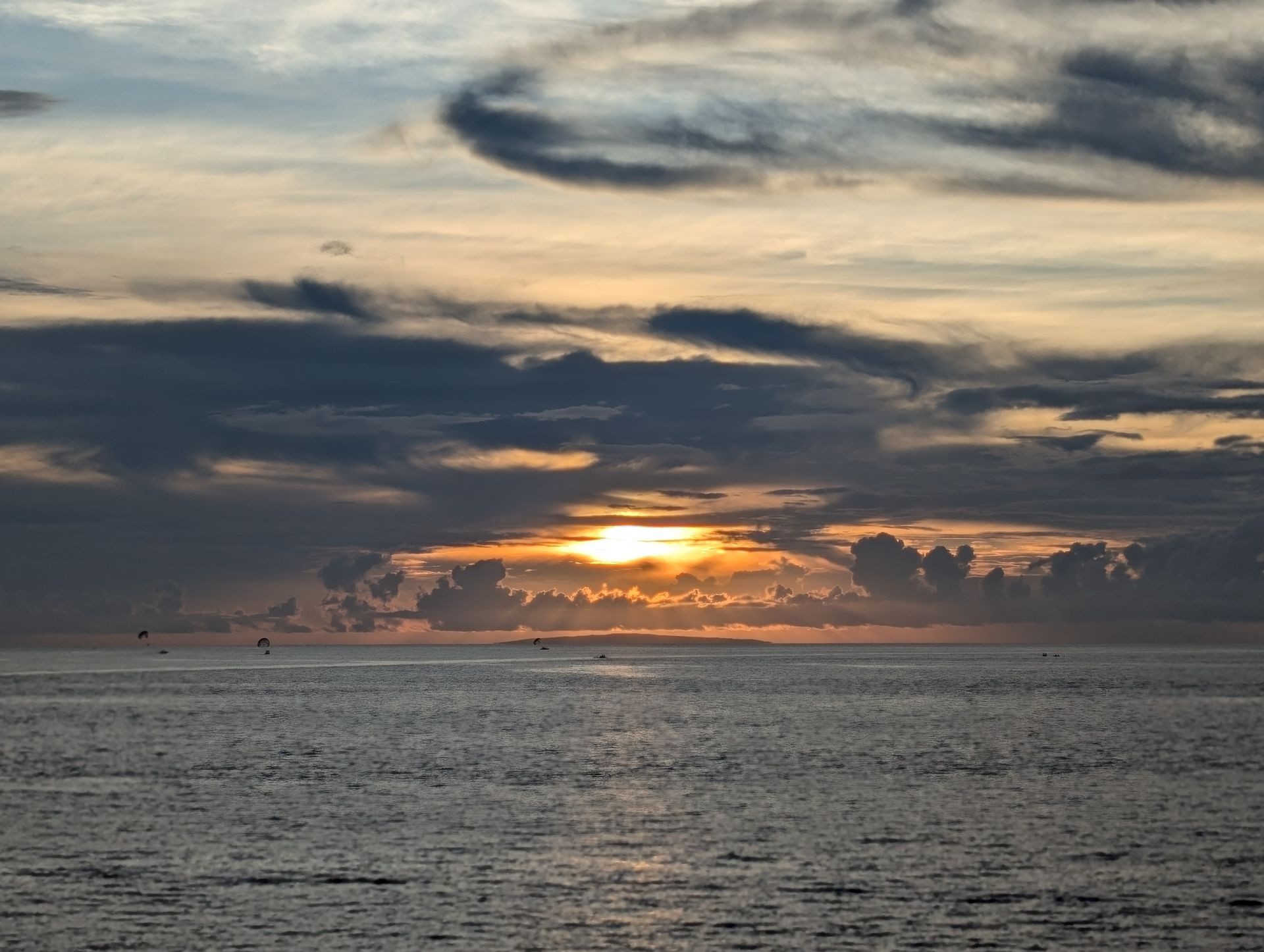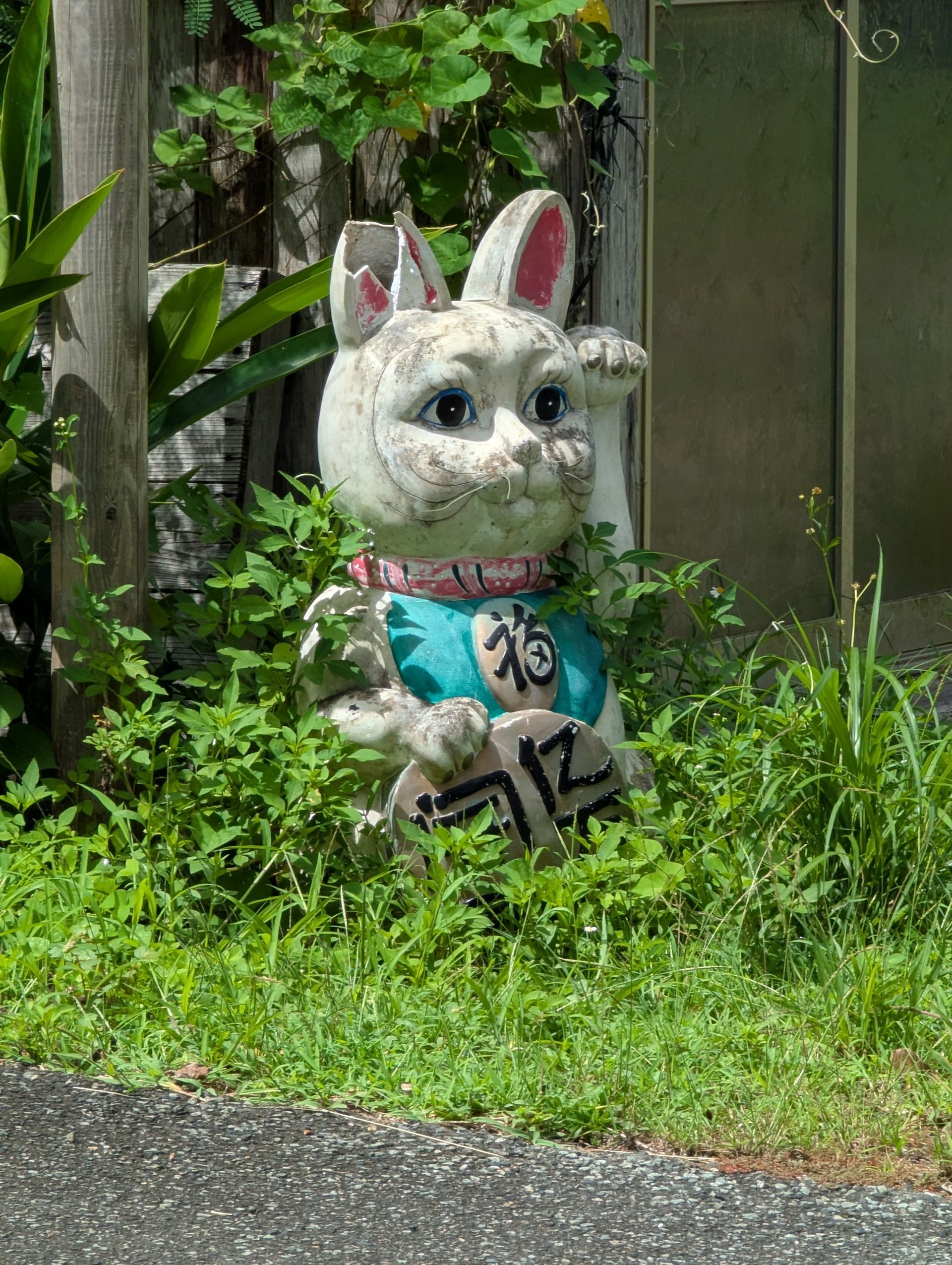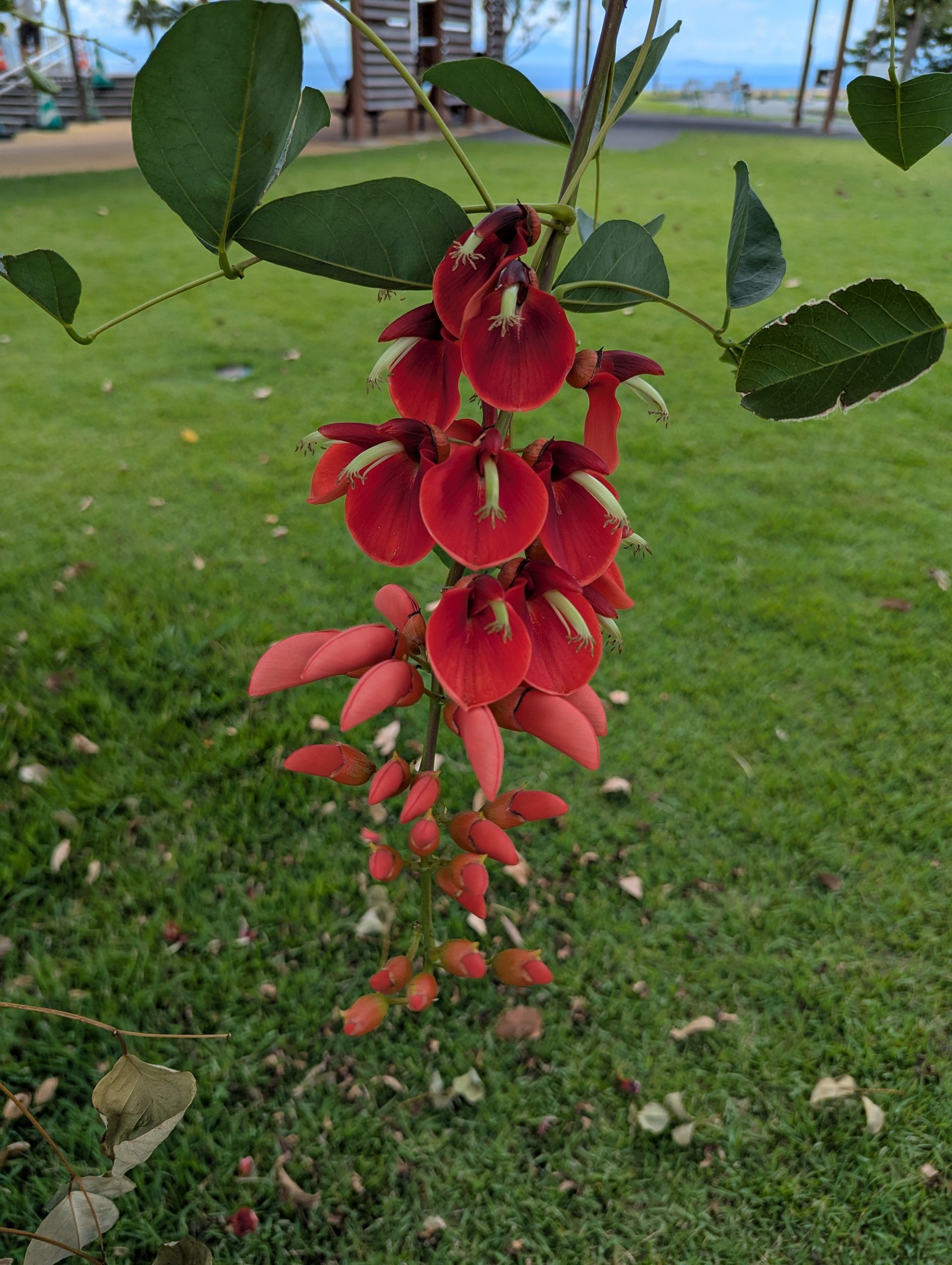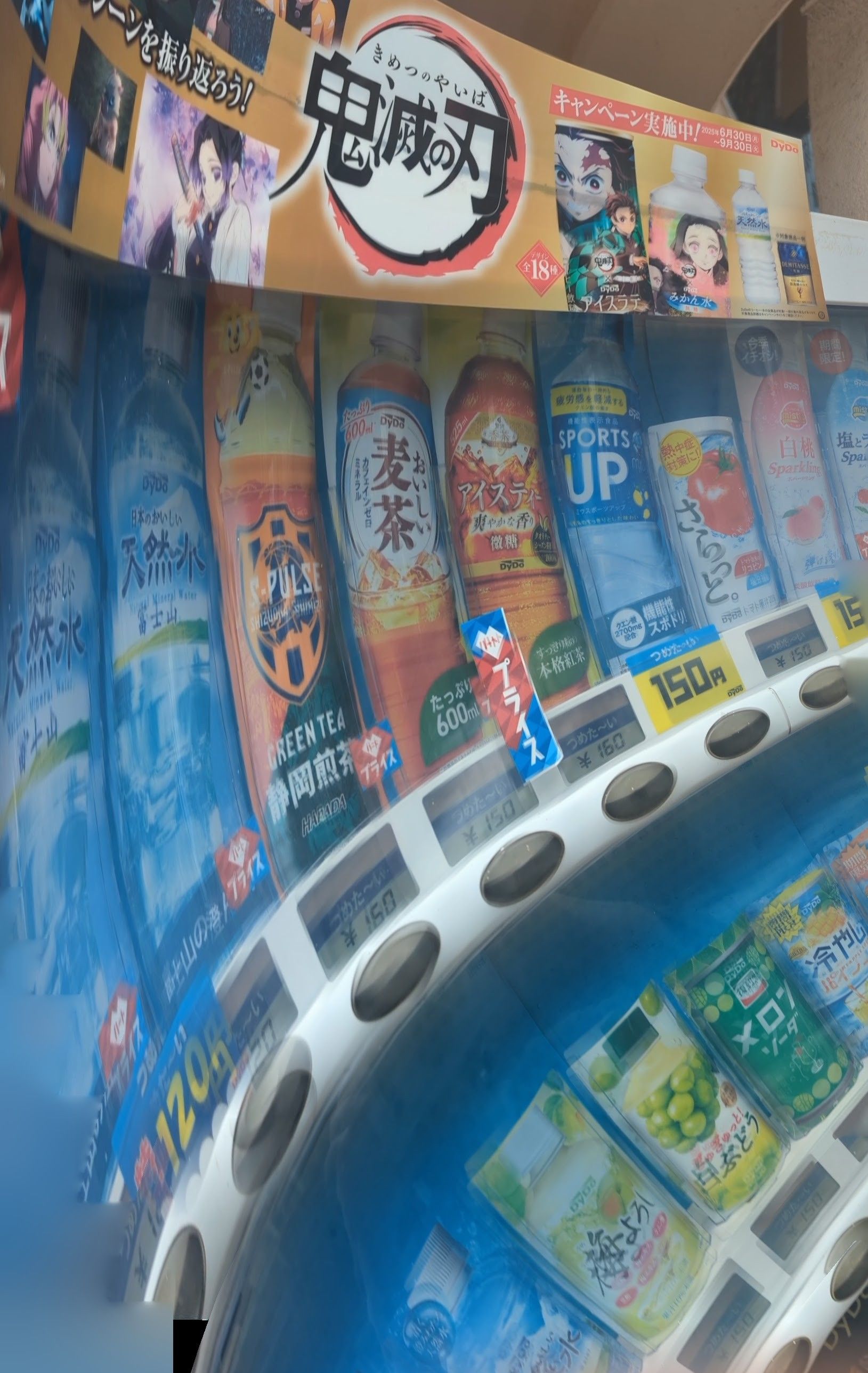Earthling Letter # 4 – Seeing GREEN!
Greetings Earthlings! I’m seeing GREEN!
Winter was coming to an end in the North east of the United States when I arrived last week. All the trees and shrubs were shades of brown and grey except the plants we call ‘evergreen’. The sun shown on the fine branch tips and they flashed in the wind like they were made of steel. All the plants and trees were still deep in winter sleep. Now, two weeks later, everything is turning GREEN. Trees and plants are flexing and seem to be sighing in the warming air. First, the green turned up in the pasture grasses. Then, at the tips of some trees fat green buds began to appear. 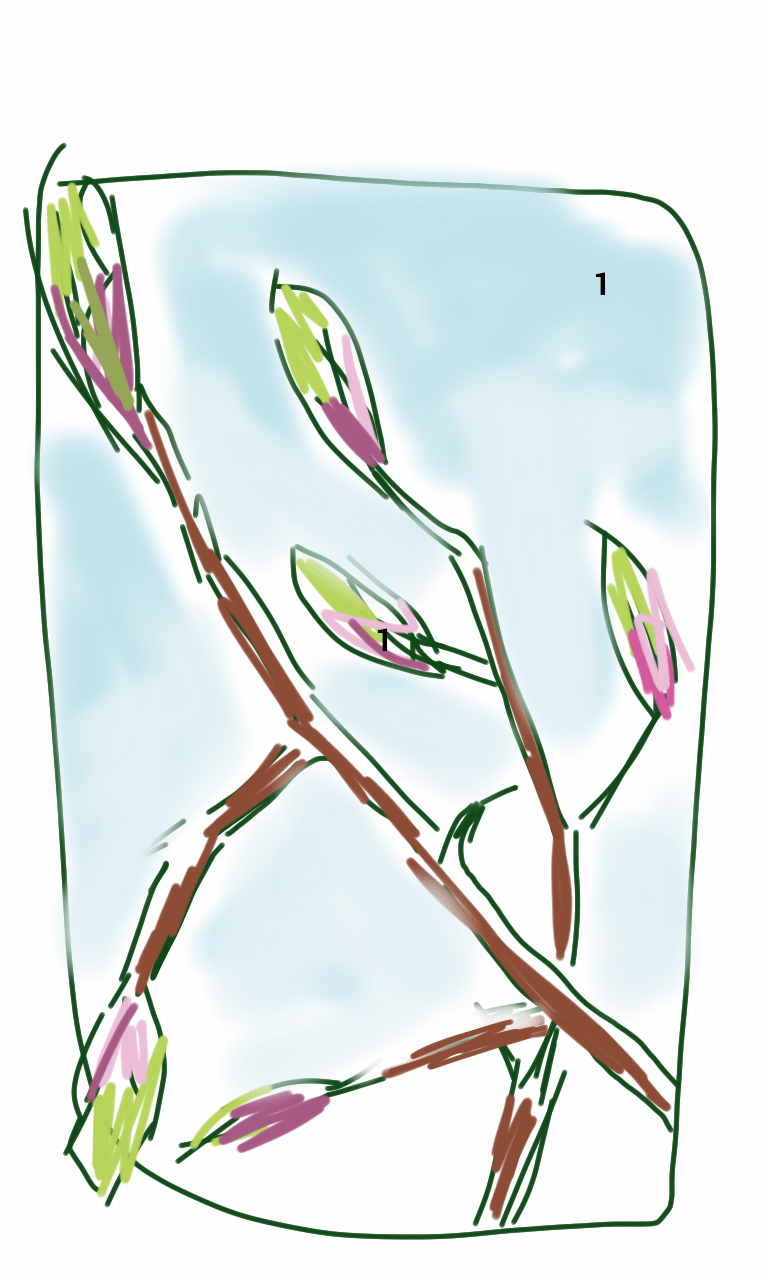 Finally, so many buds had opened that a milky haze of green showed against the blue sky.
Finally, so many buds had opened that a milky haze of green showed against the blue sky.
Suddenly, every plant and tree is boiling up with fresh bright GREEN! Why is this happening? Why all this GREEN? There is a word that we have created for this greening. It is the most important biological process on Earth. The word is, photosynthesis. (from the Greek word, ‘phos’ which means light and a Greek/Latin word, ‘syn’ which means to put or place — ‘light placing’). Photosynthesis is the process by which plants and trees use sunlight to make food for themselves from carbon dioxide and water.
Now, let’s get back to that green color. Leaves have special structures within them that we call chloroplasts. (chloros is from a Greek word that means green and plast, is from the Greek word, plastos, which means, to form. “green forming”).
These make up the photosynthesizing system within the leaf. They convert sunlight into energy the plant can use. But they are very picky about which colors of sun light they will ‘eat’. Plants mostly prefer red and blue wavelengths ( light moves)! of sun light to use for their photosynthesis. Just like you might prefer a candy that is red or purple. In this photo below you can see the colors of light that plants absorb.
These wavelengths occur at either end of the light spectrum. All the other colors of the spectrum are rejected by the plant and so they are there for us to see! We see only the reflected colors. The green is not “in” the leaf. The surface of the leaf is reflecting the wavelengths we see as green and absorbing all the rest. This is why plants appear green to us. Wait, LIGHT SPECTRUM, what is that?
The spectrum of visible light (the light our eyes can see) is very organized and can be understood as an arch of colors — each, a separate color band. When you see a rainbow you are seeing the light spectrum displayed in the sky!
The absorbing (soaking up) and reflecting (revealing) of colors of the light spectrum make the colors we see when we look around us. Our eyes can see only a portion of the all the colors the light spectrum makes.
By the way, there are insects that can see colors of light that we can’t see! Just like some animals, dogs and bats for instance, can hear sounds we can’t hear.
What else is needed for photosynthesis to happen? Several things need to be available to a plant in order for it to photosynthesize. It is like a recipe. First, as described above, sunlight, then the gas carbon dioxide (a plant ‘breaths’ this from the air) and water and minerals. Sunlight provides the energy( we call this energy, Jules that runs the little cell ‘motors’ (chloroplasts) of the leaves while they combine carbon dioxide and, through the plant’s roots, the water and minerals that are stored in soil. When these ingredients are all present in the leaves, they can photosynthesize. This process produces food for the plant and (lucky for us) the gas oxygen (a left over of photosynthesis), which we need to breath!
Photosynthesis is underway as soon as we see green. Here is an activity you can do and observe what happens to plants as they photosynthesize. When you go for a walk in early spring before every thing starts to turn green, mark plants and trees that interest you by tying a short length of colored yarn to a branch or stem.
Make some drawings of these plants and take notes about what you see. Make a map of where you go on your walk and where you left marks. Things will be changing so fast in the spring that you may not recognize where you walked when you return a few days or weeks later. You will need your map! When you return to your marked plants you will see surprising changes in them.
You may want to make drawings and notes in a ‘nature notebook’ (a small note pad you can fit in your pocket) about the changes you see. Also be aware of the insects and other animals that are nearby and think about what they are doing. Is anything they are up to important for the plants you are observing? Even if it is not spring when you go for your walk, you can create ‘observation maps’ for any nature walk, at any season. Fall is another season when changes in plants happen pretty fast. The trees and plants reveal their ‘true colors’ as they prepare to fall to the ground. Once photosynthesis stops (plants and trees sense the cold winter coming) leaves loose their green color and show the stain of what they were absorbing all through the growing season. They are bright with the colors of red, orange, purple and yellow.
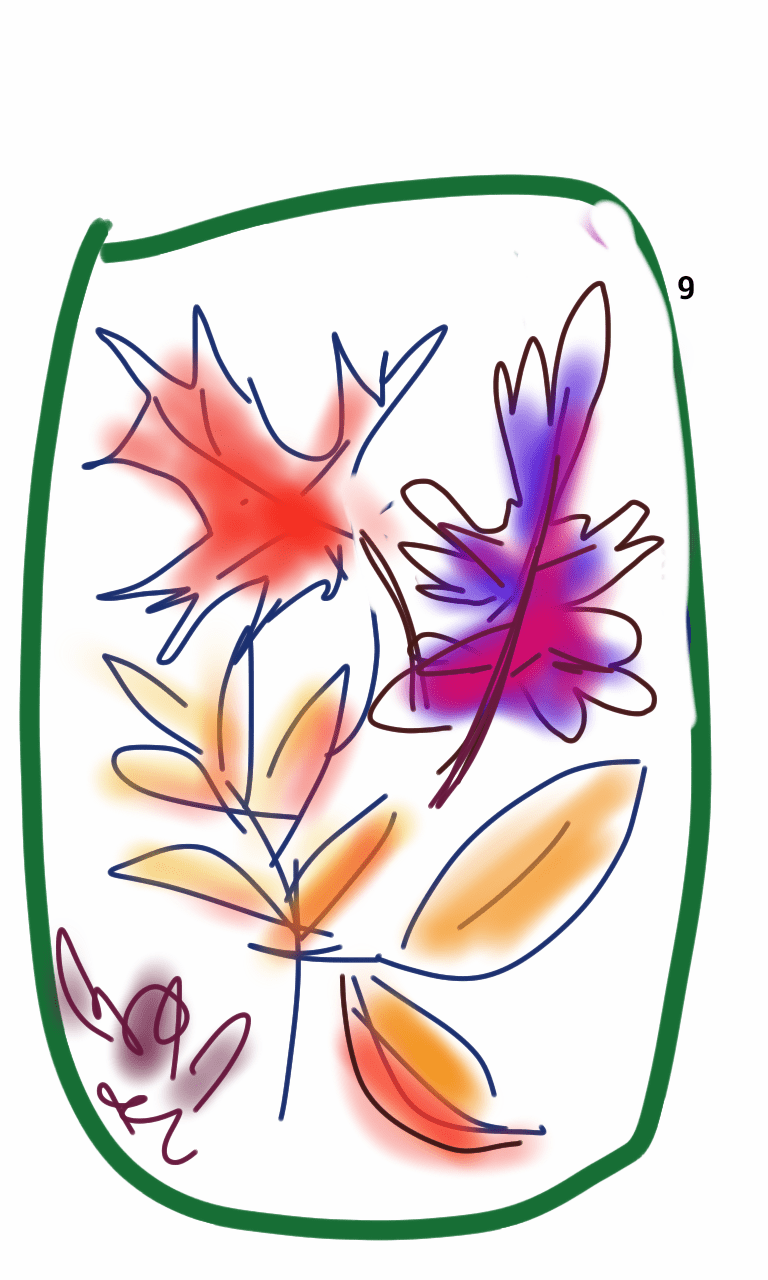
Their secret is out!
But let’s think about those evergreens a little more. How do they stay green all winter and why? The needles of evergreens are leaves rolled up very tightly!
This allows them to conserve (save) water. Evaporation (disappearance of moisture) from the leaves is slowed down, because there is less surface area from which moisture can escape. This is very important (we know water is essential for photosynthesis). Evergreen needles also have a waxy coating to help to slow water loss. Here is a simple experiment you can do so you can see why that works so well. Fill two jars of the same size with the same amount of water and mark the waterline on the outside of the jar with a marker or piece of tape. Now cover one jar tightly with a piece of plastic wrap. Wrap a rubber band around the mouth of the jar to seal the plastic wrap tightly over the opening of the jar. Leave the other jar open to the air. Check your jars each day and you will notice the water in the open jar is disappearing and the water in the sealed jar is staying the same. This is how wax on the needles of evergreens helps to keep water from evaporating.
Evergreen trees evolved (developed slowly) in cold northern climates. In order to survive in areas that have a short growing season (a very short period of warm, sunny weather in which to grow), they need to gather light and photosynthesize all year long. They have to eat! And, water needs to be available to them throughout the year. They can make their food (photosynthesize) most of the winter as long as the soil doesn’t stay frozen too long. Freezing makes it hard for them to get liquid water out of the soil. Evergreens still need some water in winter, but not a lot.
Why is photosynthesis the most important biological process on Earth? I mentioned that oxygen is a by product (something the plant does not need) of photosynthesis. Well, it turns out that humans need to breath in oxygen from the air in order to survive (live). And (lucky for plants and trees), the carbon dioxide they need to survive, we exhale as a by product of our breathing. We help each other out! We also depend on plants and trees for all of our food. There is nothing that we eat that did not have, at some point, plant beginnings which got their energy from the sun. (See if you can trace the foods you like to eat back to the sun…) The clothes we wear are made from plant sources (cotton, wool (sheep eat grass), linen) and the houses we live in are made with lumber we get from trees. We can trace all the things we need for survival back to the energy from the sun and the photosynthesis of plants.
Our sun has given us all life, through Photosynthesis.
This has been a long letter and with lot of information for you to absorb. But I know you can do it! You are like the leaves in spring growing bigger and bigger and absorbing more and more of what helps you grow. Information is like sunlight for your brain! We will return again to the subject of photosynthesis someday. There are still plenty of things that need figuring out. Plants have been on the earth much longer than we have and have had a lot of time (about 700 million years) to develop really amazing ways to survive. So, till next time, keep on being a good ‘noticer’ and ask lots of questions!
